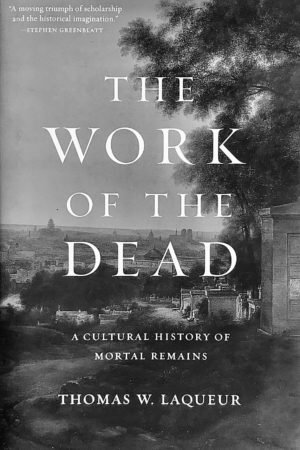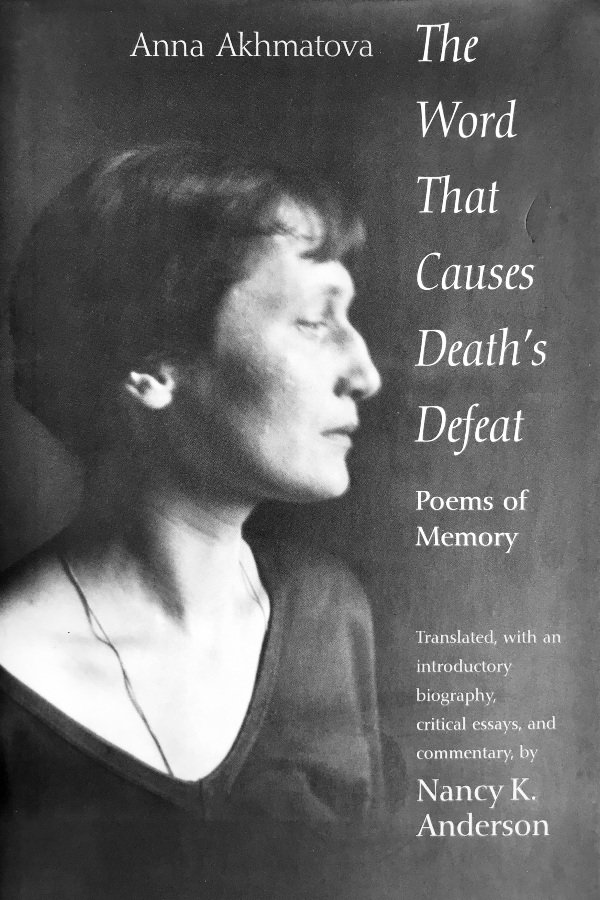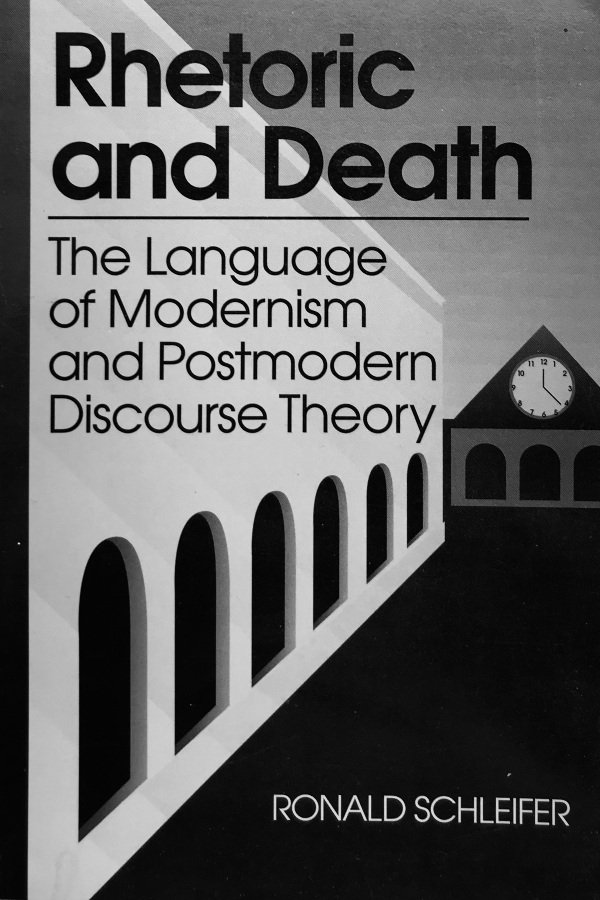Books
Thinking About Our Love’s Departure
Includes twenty of Heide Hatry’s portraits and twenty-seven contemporary writers who explore this phenomenon in original and engaging meditations on death, the dead body, art, relics, psychology, philosophy, religion, mourning, evolution, transformation, and immortality. Contributors include, among others, Hans Belting, Mark Dery, Eleanor Heartney, Siri Hustvedt, Jonas Mekas, Rick Moody, Mark Pachter, Steven Pinker, Wolf Singer, Luisa Valenzuela, and Peter Weibel.
Icons In Ash
Armed with a degree in medieval history and a flair for the macabre, Caitlin Doughty took a job at a crematory and turned morbid curiosity into her life’s work. She cared for bodies of every color, shape, and affliction, and became an intrepid explorer in the world of the dead. In this best-selling memoir, brimming with gallows humor and vivid characters, she marvels at the gruesome history of undertaking and relates her unique coming-of-age story with bold curiosity and mordant wit. By turns hilarious, dark, and uplifting, Smoke Gets in Your Eyes reveals how the fear of dying warps our society and "will make you reconsider how our culture treats the dead" (San Francisco Chronicle).
Smoke Gets In Your Eyes
Fascinated by our pervasive fear of dead bodies, mortician Caitlin Doughty embarks on a global expedition to discover how other cultures care for the dead. From Zoroastrian sky burials to wish-granting Bolivian skulls, she investigates the world’s funerary customs and expands our sense of what it means to treat the dead with dignity. Her account questions the rituals of the American funeral industry - especially chemical embalming - and suggests that the most effective traditions are those that allow mourners to personally attend to the body of the deceased. Exquisitely illustrated by artist Landis Blair, From Here to Eternity is an adventure into the morbid unknown, a fascinating tour through the unique ways people everywhere confront mortality.
From Here To Eternity
Alcoholism, decay, demons, disappearance, disease, crows, ghosts, loss, maggots, nothingness, orphans, silence, the void and worms are some of the topics offered in this singular artist's book. Designed to pay homage to the fairytale forest of death with parables and fragments from sources both known and long-forgotten, this riveting compendium of dark quotations, illustrated by Herbert Pfostl and James Walsh, borrows from such illustrious figures as Samuel Beckett, Herman Melville, Mozart, James Joyce, Ludwig Wittgenstein, William Shakespeare, Adolf Loos, Jorge Luis Borges, Emily Dickinson, Gustav Mahler, Friedrich Nietzsche, William Butler Yeats, Goethe, Antoine de Saint-Exupery, Homer, Francis Bacon, Harriet Beecher Stowe, Joseph Conrad, W.G. Sebald, August Strindberg, Nathaniel Hawthorne, Rainer Maria Rilke, William Blake, Rudyard Kipling and Walter Benjamin.
To Die No More
The meaning of our concern for mortal remains - from antiquity through the twentieth century. The Greek philosopher Diogenes said that when he died his body should be tossed over the city walls for beasts to scavenge. Why should he or anyone else care what became of his corpse? In The Work of the Dead, acclaimed cultural historian Thomas Laqueur examines why humanity has universally rejected Diogenes's argument. No culture has been indifferent to mortal remains. Even in our supposedly disenchanted scientific age, the dead body still matters - for individuals, communities, and nations. A remarkably ambitious history, The Work of the Dead offers a compelling and richly detailed account of how and why the living have cared for the dead, from antiquity to the twentieth century.
The Work Of The Dead
The Word That Causes Death’s Defeat
Anna Akhmatova (1889-1966), one of twentieth-century Russia’s greatest poets, was viewed as a dangerous element by post-Revolution authorities. One of the few unrepentant poets to survive the Bolshevik revolution and subsequent Stalinist purges, she set for herself the artistic task of preserving the memory of pre-Revolutionary cultural heritage and of those who had been silenced. This book presents Nancy K. Anderson’s superb translations of three of Akhmatova’s most important poems: Requiem, a commemoration of the victims of Stalin’s Terror; The Way of All the Earth, a work to which the poet returned repeatedly over the last quarter-century of her life and which combines Old Russian motifs with the modernist search for a lost past; and Poem Without a Hero, widely admired as the poet’s magnum opus.
The team behind the New York Times bestseller The Book of General Ignorance turns conventional biography on its head-and shakes out the good stuff. Following their Herculean-or is it Sisyphean?-efforts to save the living from ignorance, the two wittiest Johns in the English language turn their attention to the dead. As the authors themselves say, “The first thing that strikes you about the Dead is just how many of them there are.” Helpfully, Lloyd and Mitchinson have employed a simple but ruthless criterion for inclusion: the dead person has to be interesting.
The Book Of The Dead
Examines the materialist conception of death that arose in the 20th century in terms of contemporary discourse theory in literary criticism, linguistics and post-structuralism. In doing so Ronald Schleifer redefines Modernism and its relationship with Postmodernism.
Rhetoric And Death
“All art and the love of art,” Victor Brombert writes at the beginning of the deeply personal Musings on Mortality, “allow us to negate our nothingness.” As a young man returning from World War II, Brombert came to understand this truth as he immersed himself in literature. Death can be found everywhere in literature, he saw, but literature itself is on the side of life. With delicacy and penetrating insight, Brombert traces the theme of mortality in the work of a group of authors who wrote during the past century and a half, teasing out and comparing their views of death as they emerged from vastly different cultural contexts.
Musings On Morality
Grave Matters follows families who found in "green" burial a more natural, more economic, and ultimately more meaningful alternative to the tired and toxic send-off on offer at the local funeral parlor. Eschewing chemical embalming and fancy caskets, elaborate and costly funerals, they have embraced a range of natural options, new and old, that are redefining a better American way of death. Environmental journalist Mark Harris examines this new green burial underground, leading you into natural cemeteries and domestic graveyards, taking you aboard boats from which ashes and memorial "reef balls" are cast into the sea. He follows a family that conducts a home funeral, one that delivers a loved one to the crematory, and another that hires a carpenter to build a pine coffin.
Grave Matters
Medical student Christine Montross felt nervous standing outside the anatomy lab on her first day of class. Entering a room with stainless-steel tables topped by corpses in body bags was initially unnerving. But once Montross met her cadaver, she found herself intrigued by the person the woman once was and fascinated by the strange, unsettling beauty of the human form. They called her Eve. The story of Montross and Eve is a tender and surprising examination of the mysteries of the human body, and a remarkable look at our relationship with both the living and the dead.
Body Of Work
The ancient Greeks devoted a significant portion of their poetic and artistic energy to exploring themes of death. Vermeule examines the facts and fictions of Greek death, including burial and mourning, visions of the underworld, souls and ghosts, the value of heroic death in battle, the quest for immortality, the linked powers of death, sleep, and love, and more.











